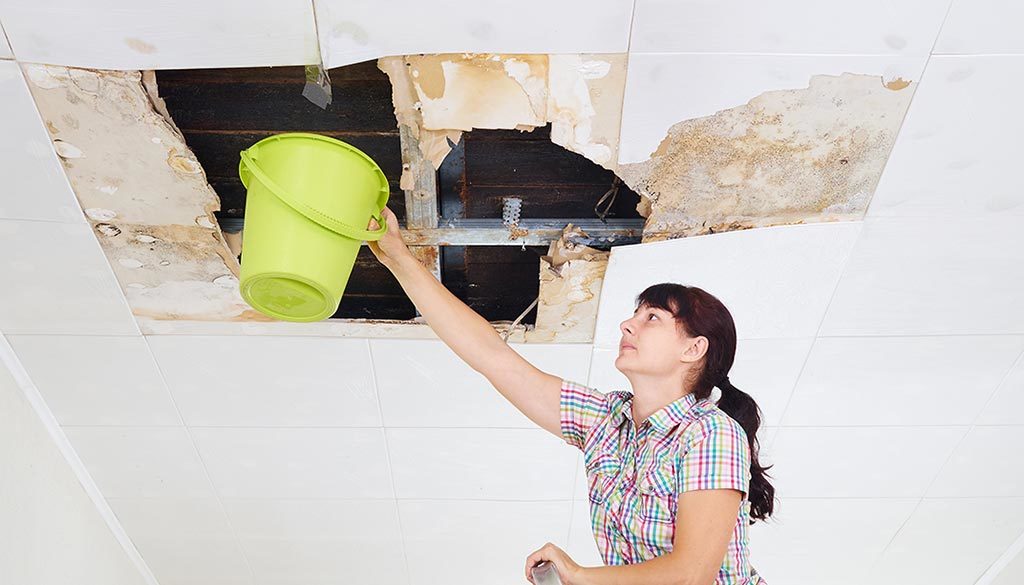No matter what sector you desire to work in, starting your own business is never easy. But starting a water damage cleanup company is exceptionally challenging – there are so many details to consider such as the equipment needed for water restoration.
Also, certifications and licenses are required, as are insurance plans and coverages, and transportation vehicles. To put it another way, it is not a job for the faint of heart.
The Importance of Timely Water Restoration
If not addressed immediately, water damage can cause irreversible damage to any home or business property, as well as be costly to maintain. Mold growth is one of these problems, which can be dangerous to your health and destroy valuable household items.
Water damage repair professionals typically employ a variety of specialized equipment and techniques that have been shown time and time again to be effective in removing water. This blog will go through some of the most common types of water remediation equipment.
Equipment Needed for Water Restoration
Starting a restoration company can be expensive, especially if you include administrative expenses, vehicle purchases, and IICRC training. Even if you buy second-hand equipment, the equipment costs will be the largest out-of-pocket investment.
Spend your money sensibly and prioritize the equipment that is most essential. Equipment that is less expensive to operate—lower amp usage, higher CFMs, and daisy-chain capability—and that takes less time to dry on a structure will generate more jobs and less time on-site.
Moisture Meters
WDR contractors should always have a moisture meter on hand. Moisture meters are used to measure, map, and find moisture damage in a range of surfaces. They assist contractors in locating moisture—from light to severe—and planning the optimum drying approach.
Moisture meters can also assist contractors in determining the appropriate level of dryness for sheetrock, carpeting, wood and tile.
Low-Grain Refrigerant (LGR) Dehumidifiers
It's crucial to understand why low-grain refrigerant (LGR) dehumidifiers work so well, in addition to why claims adjusters and insurance companies prefer them. With their two-step air chilling method, LGR dehumidifiers extract more moisture from the air than most ordinary dehumidifiers.
Air is properly dried out utilizing either an air to air or a heat pipe cooling two-step method. The lower the working temperature, the more effectively it removes moisture from the air.
Air Movers
Any contractor needs air movers or water damage fans since the lightweight rotomolded bodies are easier to transport, haul upstairs, and require less maintenance than traditional fans. Combine a few axial or centrifugal air movers with one dehumidifier per room, and arrange in a way that provides for adequate airflow and drying.
· Air Movers with Axial Motion
For drying big, wide surfaces, every contractor should have at least one axial air mover. These devices circulate air horizontally, resulting in tremendous airflow and a quick drying procedure. As a result, they're ideal for drying carpets or floors, as well as top-down drying. You can also use them to cool and ventilate your equipment.
· Centrifugal Air Movers
Centrifugal air movers, as opposed to axial ones, are essential water damage restoration equipment for drying small areas and compact places. You should be able to dry surfaces behind cabinets and within closets with one of these fans. A centrifugal air mover can also be adjusted to send air in a variety of directions. As a result, this air mover is significantly more adaptable than axial air movers.
· Compact Air Movers
Compact air movers are ideal for someone who is just starting out in business. This equipment needed for water restoration allow you to invest in only one air mover instead of two by combining the finest qualities of axial and centrifugal types.
Depending on the configuration, compact air movers may dry big surfaces as well as small spaces. They are powerful but silent, and they take up a fraction of the space that the other two types mentioned above do.
Air Scrubber/Negative Pressure
Customers' homes must be restored to their pre-loss condition, which necessitates the use of air scrubbers. Existing particulates—dust, dander, VOCs, and more—can be kicked up and spread by the usage of air movers, in addition to a miasma of stale odors or smoke-riddled air.
Air scrubbers aid in the reduction of particles in the air and the improvement of indoor air quality (IAQ). Ducting and negative air pressure are options on some air scrubbers.
Stackable
Stackable equipment allows for extra transportation and storage space. It snaps together easily and securely, providing a robust, secure mode of transportation with tie downs. Additionally, by storing equipment vertically, you can save space in warehouses and closets and generate more space for new equipment and tools.
Monitoring Water Measurement and tracking Drying
WDR equipment differs from one brand to the next and from one product to the next. However, moisture detection and real-time drying are two important things to remember. Some moisture meters, for example, can detect moisture or water damage in a range of surfaces, as well as map out moisture damage and read elevated, normal, or low moisture levels during the drying process.
Conclusion
Nothing can stop you from launching your business now that you know what kind of basic water damage equipment you'll need. There are numerous air scrubbers, movers and dehumidifiers available. So, begin searching for the equipment needed for water restoration as soon as possible. After you've purchased all of the essential equipment, you can finally focus on the other stages required to launch your firm! As a final step you can list your business on any well-reputed directory such as the Topspot101.

